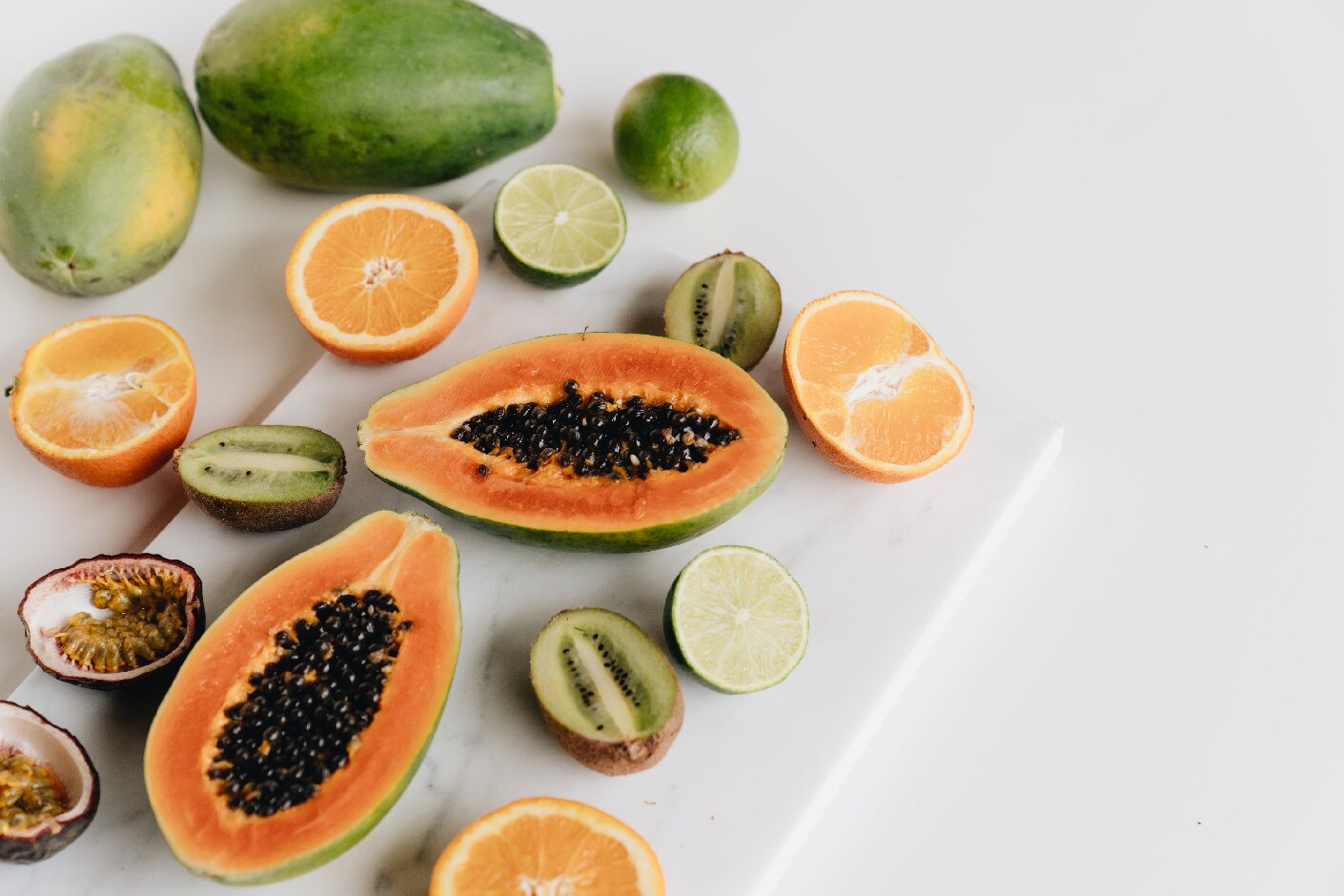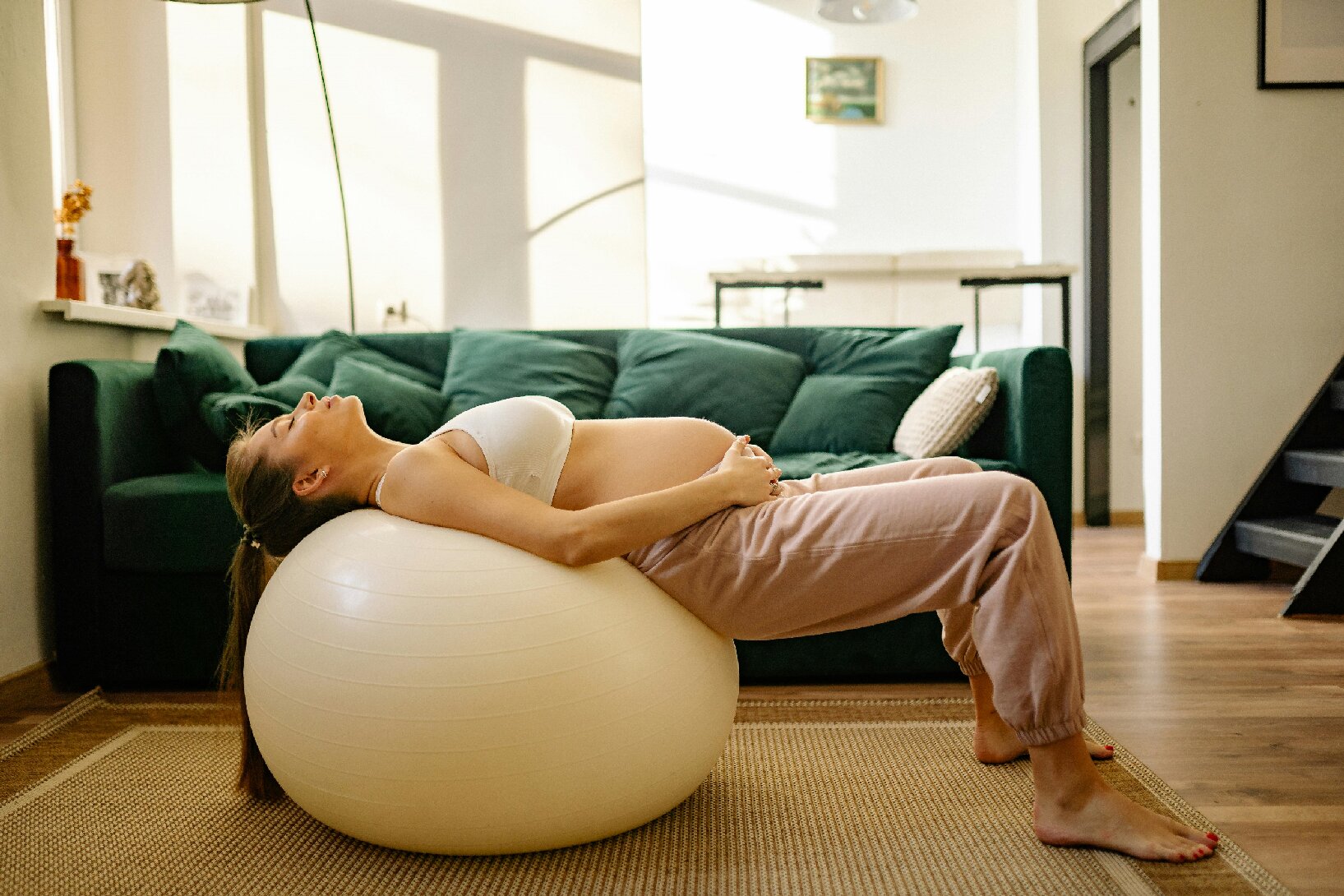Pregnancy & Breastfeeding Tips for New Moms: Preconception, Pumping & Parenting Support
Taking a pregnancy test can be a nerve-wracking experience filled with anticipation. You pee on the stick, wait the suggested time, and peer down anxiously—only to see a faint second line. Is it a positive result or something else entirely? That mysterious faint line might not be the life-changing news you're hoping for—it could be an evaporation line. In this article, we’ll break down what an evap line is, how it forms, and how to tell it apart from a true positive.
Whether you’re trying to conceive or just seeking peace of mind, understanding how to interpret pregnancy test results is essential. We'll also share helpful tips to avoid confusion and recommend reliable testing products like MomMed Pregnancy Test Strips that can offer clarity during an emotionally charged time.
What Is an Evap Line?
Definition of Evaporation Line
An evaporation line—often shortened to evap line—is a faint, colorless or grey line that sometimes appears on a pregnancy test strip after urine has dried. It typically shows up where a positive result line would appear, leading many to mistake it for a true indication of pregnancy.
How It Appears on Pregnancy Test Strips
Most pregnancy tests display results with two lines: a control line to show the test is working and a test line that appears only if the pregnancy hormone (hCG) is detected. An evap line often shows up after the test's recommended reading time and may be caused by urine drying and leaving behind a shadow-like mark or residue.
Why It Can Be Confusing
Evap lines are problematic because they appear exactly where a positive result line would be. For someone hoping for a pregnancy, this can create emotional confusion and lead to misinterpretation, especially if the line is mistaken for a faint positive.
How Evap Lines Form
Chemical Process Behind Evaporation Lines
Pregnancy tests work by using antibodies that react with hCG. If hCG is present in your urine, it binds with the chemicals on the test strip to create a visible line. However, once the urine begins to evaporate, the moisture that carried the antibodies may leave behind a residue or shadow line that mimics a positive, even when hCG is not present.
Timing: Why Evap Lines Appear After the Recommended Reading Time
Evap lines typically show up after the result window, which is usually 3–10 minutes depending on the brand. If a test is left sitting for too long, the urine dries and the chemical composition changes. That’s when an evap line can form—long after the accurate result was available.
Difference Between Evap Lines and True Positive Lines
Evap lines are usually colorless, gray, or off-white, whereas a true positive test line is pink, blue, or whatever color the test specifies. The texture may also be different—evap lines can look thinner or streakier than the bold, defined line of a real result.
How to Distinguish an Evap Line from a True Positive
Color Differences
One of the most reliable ways to tell the difference between an evaporation line and a true positive is by looking closely at the color and intensity of the line. A true positive line, even if faint, will usually show a hint of pink, blue, or the dye color used by the test brand. In contrast, an evap line is typically colorless, gray, or light silver, resembling a shadow or watermark on the strip. The line might even appear slightly streaky or uneven.
However, some early positive lines can be faint and difficult to interpret, especially when testing before your missed period. That’s why it’s essential to combine color evaluation with other cues like timing and lighting.
Timing of Line Appearance
Reading the test result within the manufacturer-recommended time frame—usually between 3 to 10 minutes—is crucial. A positive result should appear within this time window, and any line that shows up after that should be viewed with caution. Evaporation lines tend to appear after 10 to 15 minutes, once the urine on the strip begins to dry. This is why most brands strongly caution against interpreting results outside the window.
Lighting and Angle
To view results accurately, check under natural light, and hold the test at eye level. Tilting the test or using dim lighting can cause shadows that resemble evap lines. A true positive will typically be visible at any angle and maintain its color under different lighting conditions, while an evap line may seem to “disappear” depending on the light.
Consistency Across Multiple Tests
A good rule of thumb is: if you're unsure, test again. If you get the same faint line within the proper time frame on another test—especially a different brand or a more sensitive one—it increases the likelihood of a true positive. MomMed Pregnancy Test Strips, for example, are highly sensitive and can detect hCG levels as low as 25 mIU/mL, making them reliable for early detection and repeat testing.
Why Evap Lines Cause False Interpretation
Common Mistakes Leading to Misreading
Evap lines are particularly misleading because they appear exactly where a positive line would be. Some of the most common missteps include:
Leaving the test unattended for too long, then checking it later.
Testing too early, when hCG levels are too low to trigger a clear result.
Using diluted urine, which may produce a faint test line or increase evap line visibility.
Misunderstanding what a faint line means, especially for first-time users.
In the heat of the moment, many people quickly scan the test and interpret any second line—no matter how faint or colorless—as a positive result. This is especially true when someone is emotionally invested in the outcome, such as when trying to conceive after a long wait or fertility treatments.
Emotional Impact of False Hope or Confusion
Seeing what looks like a faint positive line can bring a rush of joy, anxiety, or anticipation, especially for people actively trying to conceive. When that result turns out to be an evaporation line, it can lead to deep disappointment and emotional distress. The cycle of hope and confusion may cause unnecessary stress, increased testing, and even loss of trust in pregnancy tests.
Importance of Following Test Instructions Carefully
Each brand has slightly different timing and usage instructions. For example, some advise waiting 3 minutes before reading the result, while others require up to 5 minutes. It's critical not to treat all tests the same. Misreading the instructions or skipping steps—like using too much or too little urine—can contribute to evap lines and false interpretations.
To reduce this risk:
Read the instructions every time, even if you’ve used the test before.
Use a timer rather than estimating.
Discard the test after the result window passes to avoid re-checking and doubting.
By staying informed and cautious, you can reduce the chances of confusion and gain greater confidence in your pregnancy testing experience.
How to Avoid Mistaking Evap Lines for Positive Results
Stick to the Recommended Reading Window
One of the most effective ways to avoid mistaking an evaporation line for a positive result is to read the test strictly within the timeframe suggested by the manufacturer, usually within 3 to 10 minutes after taking the test. Any line that appears after that window is not considered reliable. Even if a second line looks convincing, it could be caused by the drying process rather than a true indication of hCG.
Set a timer on your phone when you begin the test so you don't lose track of time or get distracted. Many cases of false interpretation happen when people glance at the test again 15 or 20 minutes later, only to spot a faint gray line and assume it's a positive result.
Use High-Quality, Reliable Pregnancy Tests
Choosing a reliable and sensitive test can minimize confusion. Some lower-quality tests are more prone to displaying faint, colorless lines due to inconsistent dye handling or poor moisture control. Trusted brands like MomMed Pregnancy Test Strips are known for their accuracy, clarity, and sensitivity, making it easier to read results confidently. They are capable of detecting low levels of hCG (25 mIU/mL) and provide clear control and test lines for better result interpretation.
Test With First-Morning Urine
For the most accurate results, especially in early pregnancy, use first-morning urine, which contains the highest concentration of hCG. Testing at other times of day, especially after drinking a lot of fluids, may dilute your urine and cause faint or ambiguous results, increasing the risk of seeing evaporation lines or misinterpreting a negative result.
Repeat Testing If Unsure
If you're unsure about the result, wait 1–2 days and test again. hCG levels double approximately every 48–72 hours in early pregnancy, so a faint or questionable result may become clearer over time. Use first-morning urine for better concentration.
If you’re tracking ovulation as part of your TTC journey, consider MomMed Ovulation Test Strips. They allow you to monitor your LH surge, helping you time intercourse for optimal conception and avoid testing too early for pregnancy.
What to Do If You See a Possible Evap Line
Wait a Couple of Days and Retest
If you suspect you've seen an evaporation line, the best course of action is to wait 2–3 days and take another test. By this time, if you're pregnant, your hCG levels will likely have risen enough to produce a more definitive and visible result. Use a new test strip and be sure to check it within the correct time frame.
Consider Blood Tests for More Definitive Results
If repeated urine tests continue to produce faint or confusing results, it may be time to contact your healthcare provider. A quantitative blood test can measure the exact amount of hCG in your system and determine whether you're pregnant with much greater accuracy than a urine test.
Keep Track of Other Early Symptoms
In the meantime, monitor any early pregnancy symptoms you may be experiencing, such as breast tenderness, fatigue, or nausea. Although these symptoms alone are not definitive proof of pregnancy, they can offer additional context while waiting for clear test results.
Consult a Healthcare Professional If Confusion Persists
If you’ve had conflicting results or are concerned about your symptoms and cycle, consult with a healthcare provider. They can evaluate your situation, offer further testing, and provide peace of mind.
Conclusion
Seeing a faint line on a pregnancy test can bring excitement, confusion, or worry. But not all faint lines are created equal. Evap lines are common, and they can easily be mistaken for a positive result if the test is not read properly or if it’s left sitting too long. Understanding what an evaporation line is, how to distinguish it from a true positive, and what steps to take next can help you navigate the testing process with more confidence.
Choose reliable products like MomMed Pregnancy Test Strips for accurate, easy-to-read results, and use MomMed Ovulation Test Strips to understand your cycle better if you're trying to conceive. Most importantly, trust the timing, be patient, and follow up as needed with your healthcare provider for clarity and support.






















